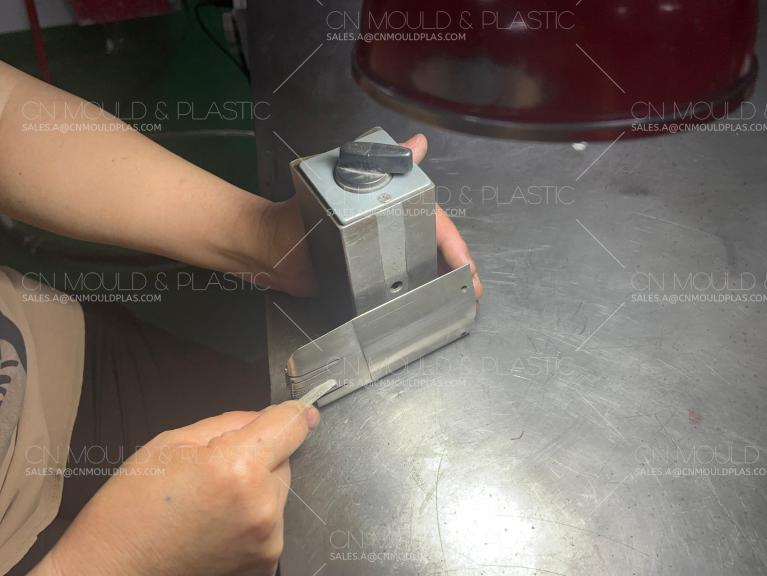Pad Printing, which can print text, graphics and images on irregular objects, is now becoming an important specialty printing. This process is widely used in computer keyboards, instruments, meters and many other electronic products.
It is also widely used in the surface printing of vehicles, interiors, sports equipment and so on.
The basic principle of pad printing is that on the pad printing machine, the ink is first put into the engraved text or pattern steel plate, and then the text or pattern is copied on the rubber through the ink, and the text or pattern is transferred to the surface of the plastic product using the rubber, and it is best to make the ink fixed by heat treatment or ultraviolet light irradiation.
Process cost: Low mold cost and low labor cost because most of the work is done by machining.
Quality: Clear print details can be achieved, even on undulating surfaces.
Applicable materials: Pad printing can be used for almost any material, except for materials that are softer than silicone, such as PTFE.
Environmental impact: Since this process is limited to soluble inks (which contain harmful chemicals), it has a significant impact on the environment.
Like other product printing processes, linear and rotary auxiliary equipment is required; The rotary auxiliary device enables the pad printing process to be applied to uneven and cylindrical surfaces (such as cosmetic packaging).
Like screen printing, the pad printing process can use conductive ink, so printing on curved surface can be achieved.
In the pad printing process, the printing area of pad printing has a certain limit, the largest printing area in China can be about 150*450MM, but not full-plate printing. The maximum diameter of full-plate printing is 300MM, but the cost will be high.
The maximum line width of pad printing characters is above 0.15, and it is recommended to do more than 0.2 because it is difficult to achieve less than this width.
This process can only use solvent-based ink, not ordinary ink, because ordinary ink can not be adsorbed on the surface of the silicone pad.
Pad printing technology has many advantages. First of all, it can be applied to different shapes and materials of the workpiece, such as flat, curved, concave surfaces. Secondly, the pattern of pad printing can be very delicate and precise, suitable for some small patterns and text. Third, pad printing has a high coverage, even if the darker material, can also get visible identification. In addition, pad printing is also durable, and the oil after curing can be maintained for a long time on the surface of the workpiece.
In summary, pad printing technology is a flexible, multi-functional and widely used printing process. Through reasonable allocation of ink, proper control of pressure, and curing treatment, beautiful and durable printing effect can be obtained. Despite some restrictions and requirements in use, pad printing technology still has an important position and application value in the sign and decoration industry.


